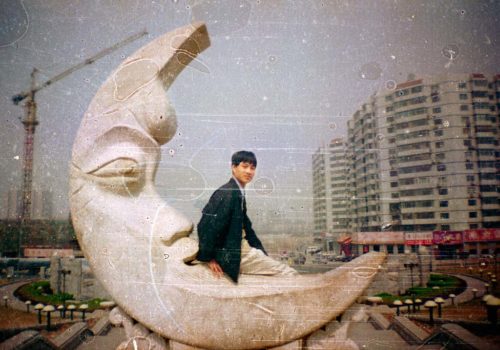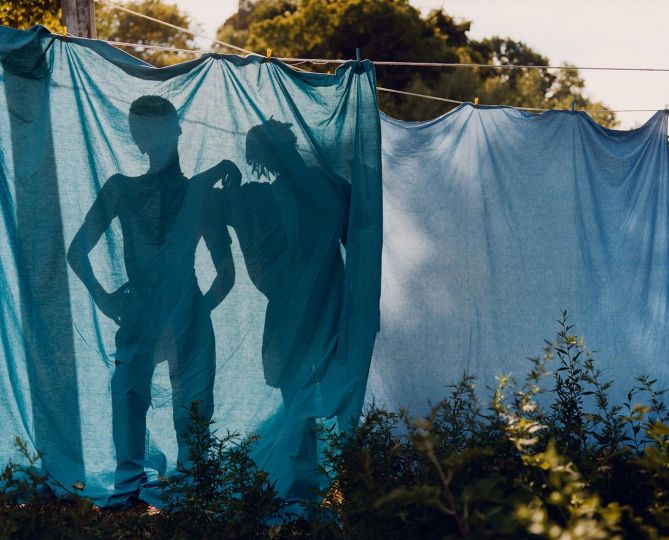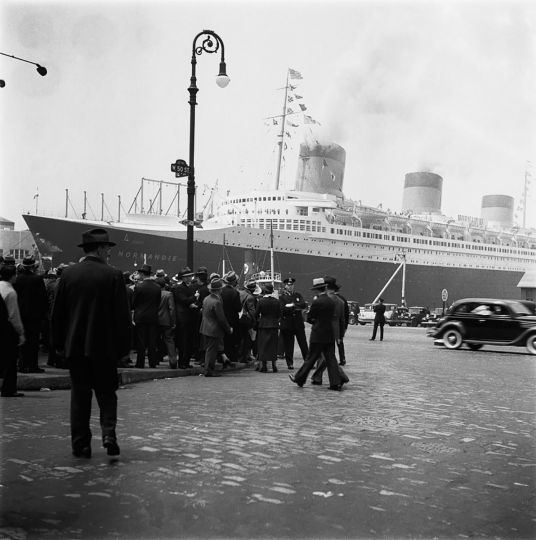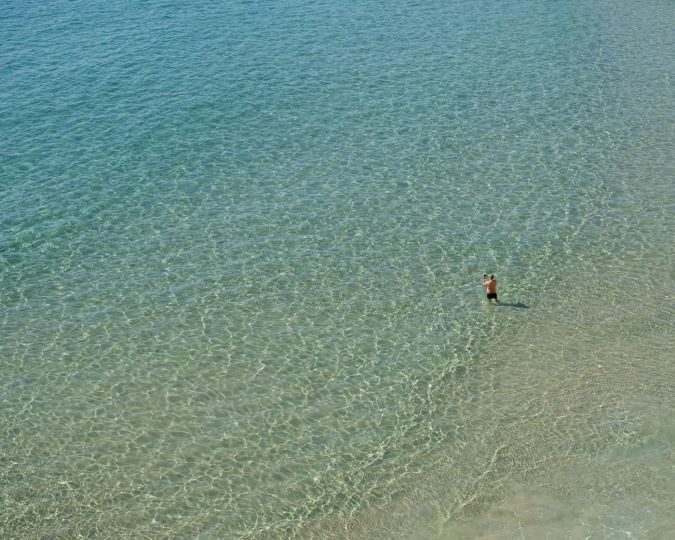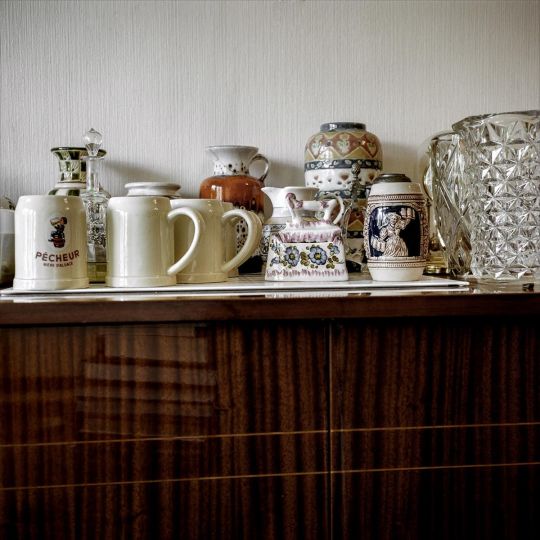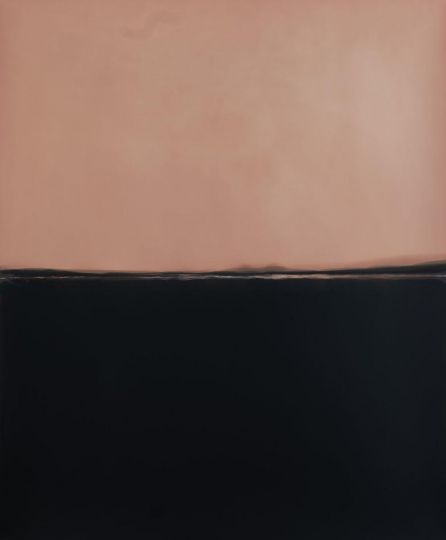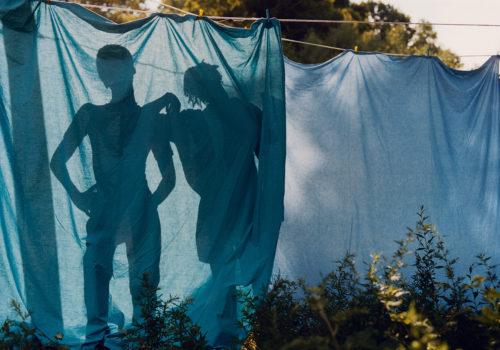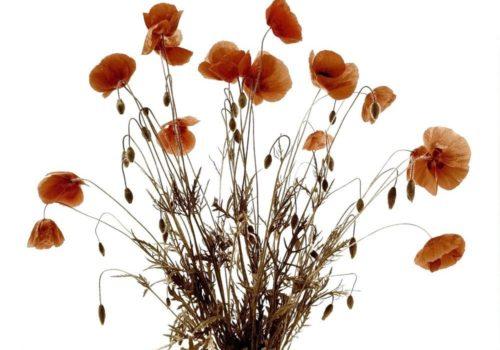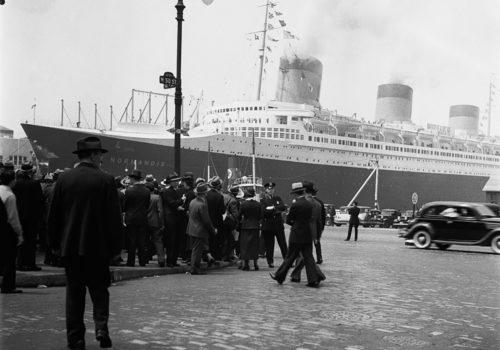How was photography practiced in China between 1985 and 2005? What kinds of images did the Chinese create before the arrival of digital? These are two of the questions that the French collector Thomas Sauvin has sought to answer. In 2009, he embarked on an unusual adventure: salvaging the abandoned negatives from a recycling area north of Beijing before they could be destroyed. Undertaking one of the largest and most important archival projects in China all by himself, Sauvin looked through every sack, which he purchased by the kilo, and then selected, reworked and classified more than half a million anonymous photographs. Photographic archives are rare in the Middle Kingdom. During the turbulent 20th century, virtually all of the public and private archives were destroyed. Silvermine is exemplary, the work of a single man that will have a profound effect on our collective memory and our knowledge of the recent past.
Highly acclaimed by the international press, Silvermine has been the subject of numerous articles in papers like The Guardian, exhibited as part of several festivals (FORMAT Festival, Dali Photo Festival, Singapore Photo Festival) and published in a magnificent, five-volume, limited-edition book.
The Sydney exhibition Beijing Silvermine, curated by none other than Thomas Sauvin himself, offers a portrait of citizens of the Chinese capital towards the end of the Cultural Revolution. It features a selection of photographs on the themes of love, recreation, birth, youth, happiness, and the economic upheavals resulting from the 1980s reforms. For the occasion, the Beijing artist Lei Lei shot two mesmerizing videos that explore the depth and surrealist dimension of these archives.
The photographs salvaged for the Silvermine project defy categorization. They are neither artistic nor documentary. They were originally private but have become public. And they represent a daily life that is now historical. The number of ways the photographs can be read and interpreted is impressive. Some of the images are intact while others are damaged, some are in mint condition or covered in stains, and the framing is alternatively careless and remarkably composed. Thomas Sauvin has a penchant for the incongruous and trivial.
We do not know who these people are. Perhaps we know a few of the places, but the blurred images leave room for the imagination, and we surprise ourselves with the narratives we invent. By saving this recent and nearly-forgotten past, Sauvin has given us the opportunity not only to pass it on, but to reinvent it and make it more alive than ever.
EXHIBITION
Beijing Silvermine
Through February 22, 2014
4A Centre for Contemporary Asian Art
181 – 187 Hay Street
Haymarket, Sydney NSW 2000
Australia
T +61 2 9212 0380
[email protected]
http://www.4a.com.au
More information on the publication available here.
A documentary by Emiland Guillerme can be watched here.

